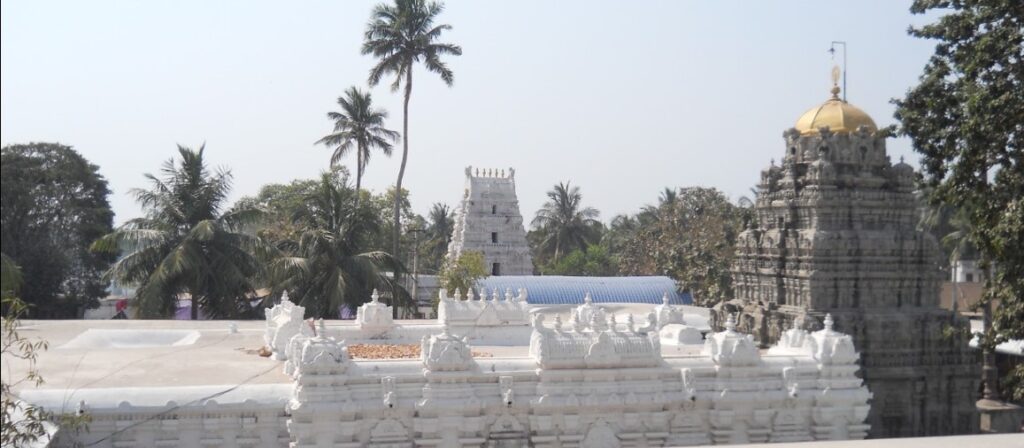Sri Kurmanatha Swamy Temple – Lord Vishnu in Kurma Incarnation The second incarnation of Lord Vishnu was Kurma avatar. The Lord had taken this incarnation to help the Gods and demons churn the milk ocean to get Amrutam (the elixir of immortality). The demons were dominating the devatas on the battlefield because their Guru Sukracharya Read More
Ads Blocker Detected!!!
We have detected that you are using extensions to block ads. Please support us by disabling these ads blocker.

